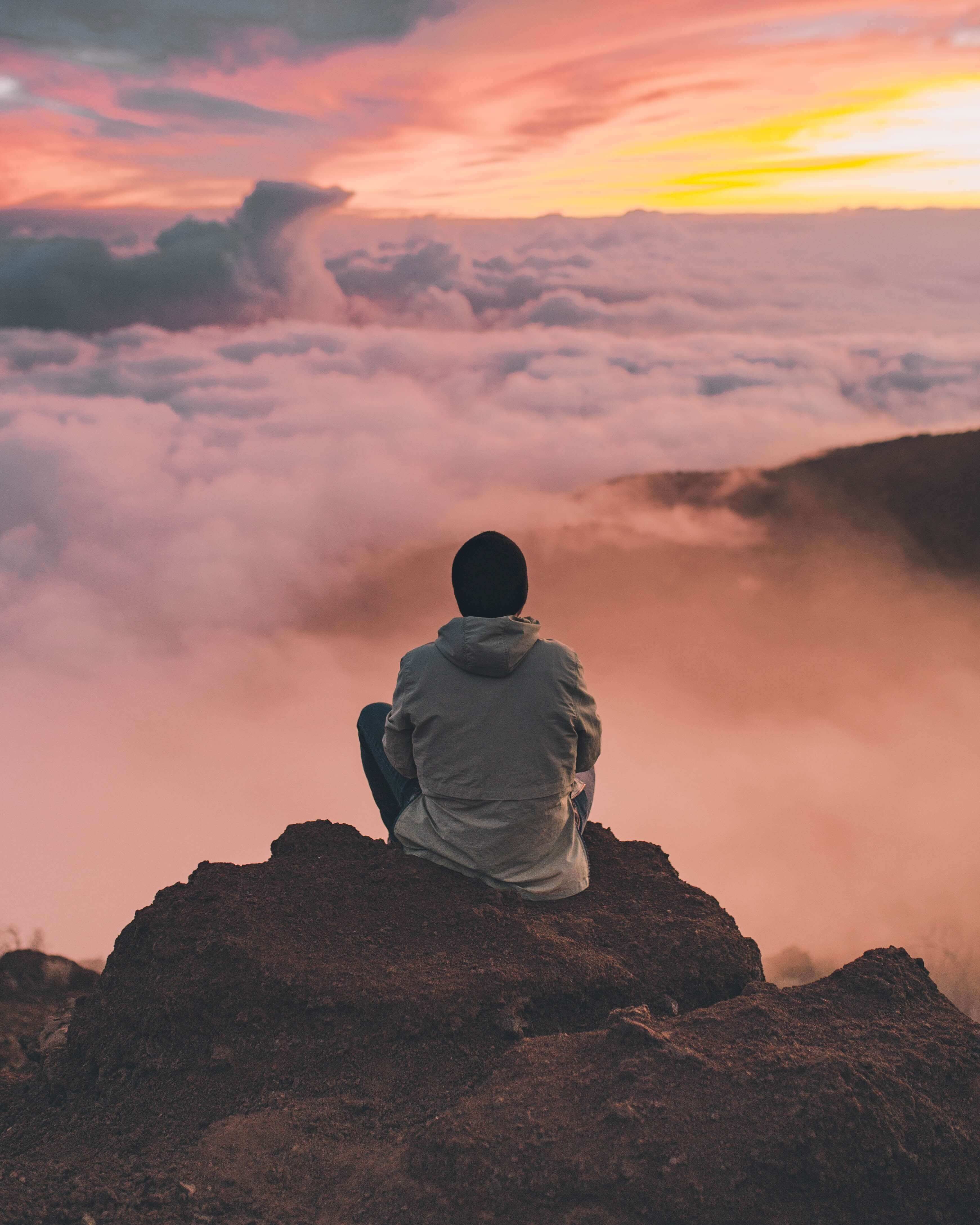
The Dream of Dual Perspectives: A Journey into Philosophy
Charting a personal philosophical awakening, this post reflects on how a single enigmatic quote reshaped my understanding of reality and self.
As a child, the world appeared to me in absolutes—what lay before me constituted the entirety of truth, and anything beyond my immediate perception might as well have not existed. Reality was a straightforward affair: present equated to true, absent to inconsequential. This was a world without shades of grey—good was good, bad was bad.
This black-and-white view of life was unchallenged until a single quote I stumbled upon in ninth grade changed everything. I can’t recall where I read it—a textbook, a magazine, or a newspaper—but this query, steeped in philosophical ambiguity, ignited a flame of curiosity within me.
I dreamed I was a butterfly, flitting around in the sky; then I awoke. Now I wonder: Am I a man who dreamt of being a butterfly, or am I a butterfly dreaming that I am a man?
Penned centuries ago by Zhuangzi, a Chinese philosopher, this quote unlocked the doors to an unexplored realm of philosophy. It upended my perception of reality and plunged me into contemplation. Having been raised amid the rich traditions of Tibetan Buddhism, surrounded by teachings on the nature of mind and reality’s fabric, it was this profound question that truly awakened my curiosity and opened the gateway to philosophical thought.
This quote defied my straightforward worldview and beckoned me to delve deeper. The Buddhist teachings I had absorbed, once a mere backdrop, now provided a map for this new philosophical terrain.
Buddhist teachings discuss mind training, the impermanence of the world, and the illusion of self—concepts familiar yet distant until that epiphanic moment. The world was no longer merely black and white; it became a mosaic of perceptions, thoughts, and dreams, entwined in existence’s dance.
The notion that one’s life could be a dream or that a dream could encapsulate life was a gateway to understanding the Buddhist concept of the world’s illusory nature. The lines between dreaming and being, the internal mind’s landscape, and external reality began to blur. This notion echoed the Buddhist teachings on consciousness and the quest for enlightenment.
This philosophical odyssey became more than intellectual curiosity; it shaped my life’s guiding principles. I learned to embrace questions, to value seeking over the comfort of certainty. The distinction between the known and the unknown, the tangible and the intangible, became a space for exploration rather than a strict boundary.
As I matured, this outlook sculpted my worldview. The pursuit of knowledge, the understanding of the mind, and the search for deeper truth became my life’s foundation. Whether through meditation, study, or presence in the moment, I endeavored to decode reality’s layers that once seemed unequivocal.
The journey that began with a simple quote has led me to a life rich with inquiry and discovery. It taught me that reality encompasses not only what is seen but also what is conceived by the mind. In the vast tapestry of existence, perhaps the dreamer and the dream are one and the same, each of us a butterfly in flight within the boundless sky of our minds—eternally free, perpetually seeking, and endlessly questioning the essence of our reality.
As we reach the end of this reflection, I pose to you, the reader, a question that has lingered with me since that pivotal moment in my youth: Are you certain that you are indeed yourself, living your life as you perceive it, and not merely a character in the dream of another?
Disclaimer: The insights and narratives shared here are purely personal contemplations and imaginings. They do not reflect the strategies, opinions, or beliefs of any entities I am associated with professionally. These musings are crafted from my individual perspective and experience.